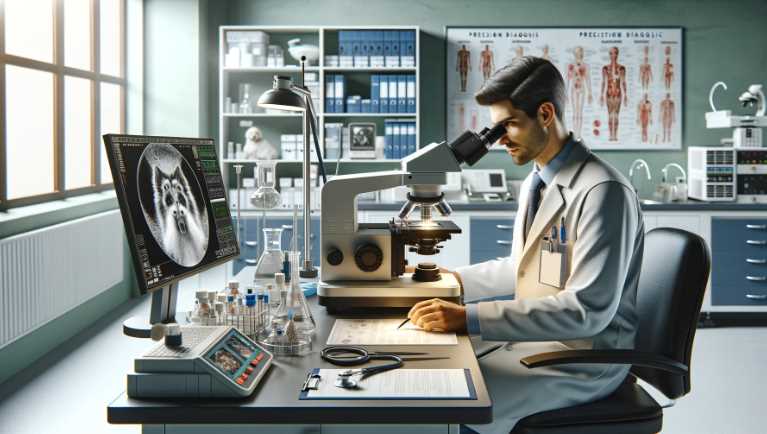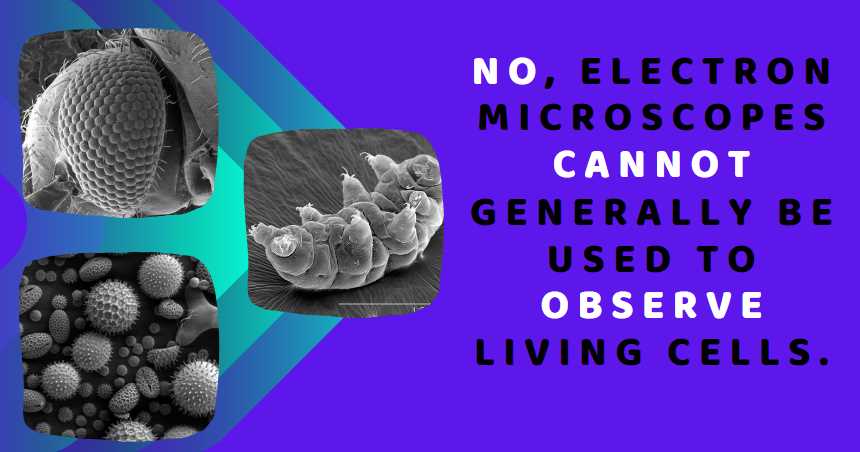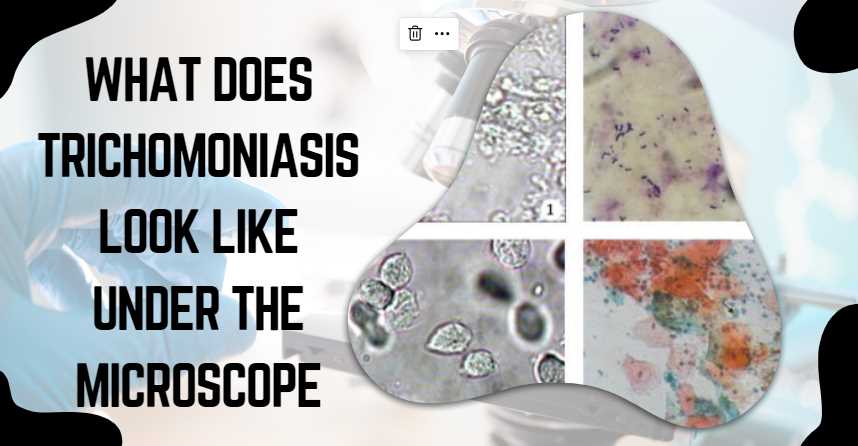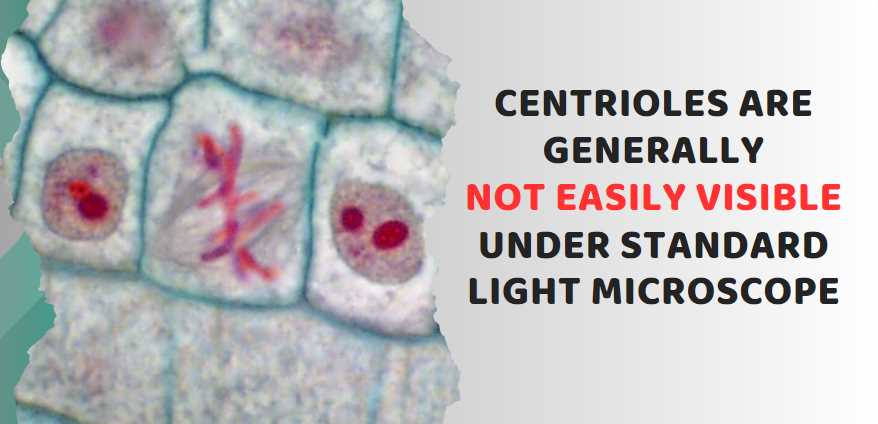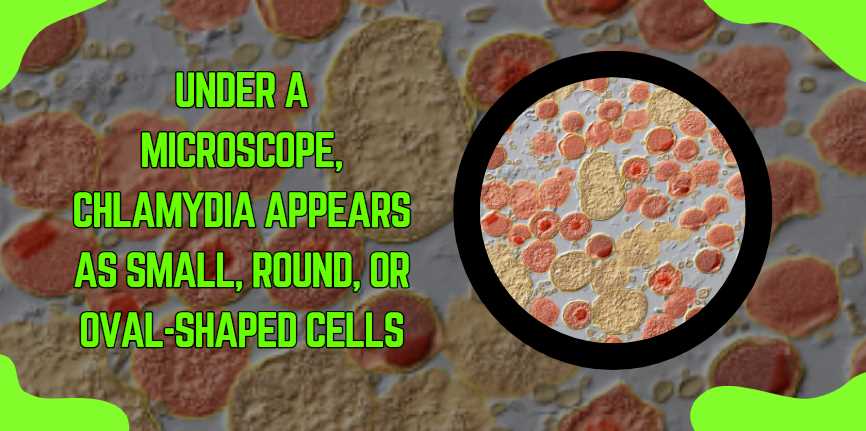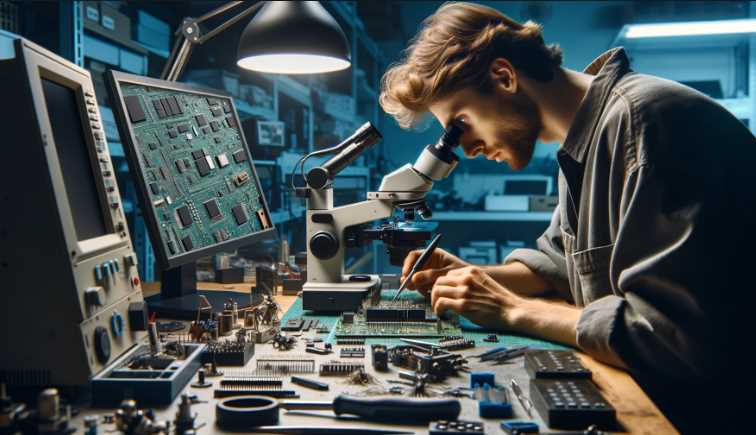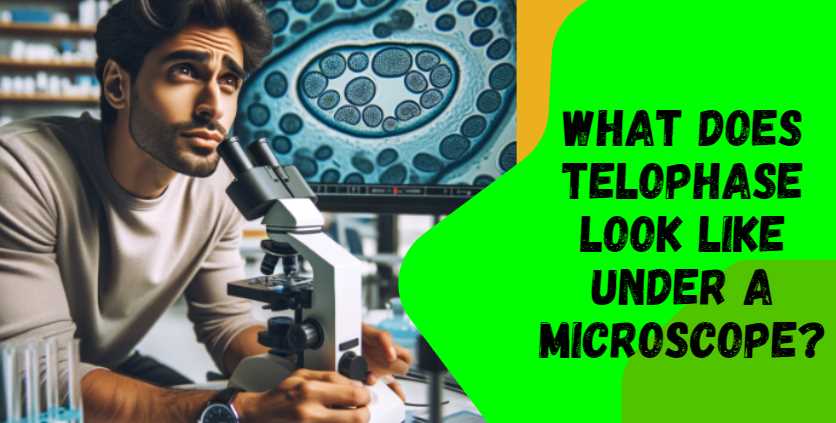Zooming In: Microscopes in Veterinary Practice for Precision Diagnosis
As an animal health professional, accurate diagnosis is critical for ensuring the well-being of our furry patients. And to achieve accurate diagnoses, having access to high-quality veterinary microscopes is essential. Throughout my years of experience working in animal clinics, I have had the opportunity to test and evaluate various microscopes. From my research and hands-on […]
Zooming In: Microscopes in Veterinary Practice for Precision Diagnosis Read More »
